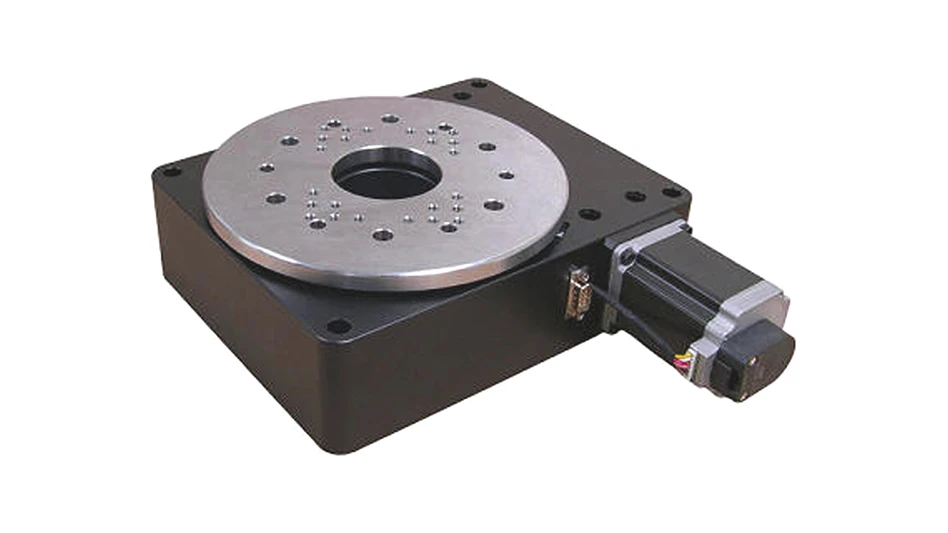
GWS Tool Group
Today GWS Tool Group will discuss the differences between forming taps and cutting taps, and which one you should choose for your application. Taps are an essential tool used in the manufacturing process to create threads in a workpiece. Understanding the differences between forming taps and cutting taps can help you make the right choice and achieve optimal results.
- Forming Taps: Forming taps work by displacing the material in the workpiece to form the internal thread. The tap does not remove material, but instead, it cold-forms the thread by pressing the material into the desired shape. This process results in a stronger and smoother thread. Forming taps work in a variety of non-ferrous and ferrous materials with a hardness generally under 35 Rockwell-C. By design, form taps are more rigid than cut taps, hence they can be run faster and typically yield longer tool life.
- Cutting Taps: Cutting taps work by removing the material to create the internal thread. The tap has cutting edges that remove the material in a helical pattern to create the thread. This process can be used in a variety of materials including plastic, aluminum, and steel. Cutting taps are less rigid than forming taps as they employ flutes, which by design makes the tool less rigid.
- Thread Geometry: The thread geometry also differs between forming and cutting taps. Forming taps produce threads with a full form geometry, resulting in a stronger and smoother thread. Cutting taps, on the other hand, produce threads with a truncated form geometry that sheers the material.
- Hole Size: Due to greater torque and formed lobes or “rabbit ears” in the forming process, cold forming taps require large pre-drilled hole sizes versus cutting taps. The minor diameter of the hole is easier to control with cut taps, as it remains unchanged after subsequent cut tap operations.
Conclusion:
As you now know, the choice between forming taps and cutting taps depends on the material being worked and the productivity goals desired. Forming taps are ideal in high production environments for their speed capability and in miniature applications where a more rigid tap is advantageous. Cutting taps are best used in harder materials and/or larger threads, where torque limitations and hardness limitations come into play for forming taps. Other elements such as minor diameter, tapping depth, and internal thread condition should also be considered.
Explore GWS Tool Group’s extensive tap offering – or find out how we can create the perfect tap for you. Contact sales@gwstoolgroup.com to learn how Custom Comes Standard.
Latest from Defense and Munitions
- L3Harris showcases robotic drone detection capability for US Army
- L3Harris providing Integrated Platform Management System for Royal Australian Navy frigates
- Find out what 2025 holds for design and manufacturing
- Re:Build Composite Resources expanding capabilities to include resin transfer molding
- Fairbanks Morse Defense expands global service network with strategic presence in Guam
- Redex's preloaded systems
- US Army awards L3Harris second full-scale ENVG-B production order
- RTX's Raytheon awarded $529 million contract to replenish Dutch Patriot air defense system





